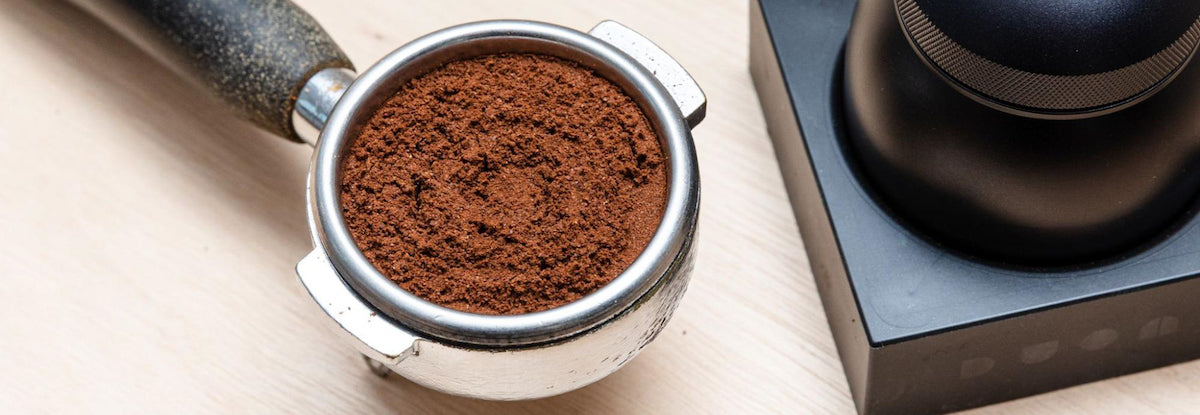Channeling: The What, Why and How to Avoid!
Making coffee as a barista is an art form that requires a great deal of precision, skill, and creativity. One of the most common challenges that baristas face when making coffee is channeling. Channeling occurs when the water in the espresso machine doesn't flow evenly through the coffee puck, resulting in an uneven extraction and an inferior cup of coffee.
In this blog post, we will discuss what channeling is, how to identify it, and how to overcome it when making barista coffee.
What is Channeling?
Channeling is a phenomenon that occurs when the water in the espresso machine doesn't flow evenly through the coffee puck. Instead of flowing evenly, the water creates channels in the coffee puck, causing some parts of the coffee to be over-extracted and other parts to be under-extracted. This results in a coffee that tastes sour, bitter, and weak.
If you consider the coffee puck as tightly packed coffee grounds, even a small jolt or impact can cause fractures in the outer or inner part of the puck. The improper insertion of the handle in the group head is one of the most common reasons for channeling. Baristas may unintentionally cause this issue while trying to efficiently serve coffee to customers. Due to the rapid pace of their work, they may insert the handle too forcefully, resulting in a bump or clang (if only small) that destabilizes the coffee puck.
Another cause is uneven tamping and/or tapping on the outside of the handle with the tamper. If the coffee is tamped unevenly, it can create gaps in the coffee puck, which allows the water to flow through the coffee unevenly. Secondly, if the baristas taps the handle with the tamper to settle the coffee, the resulting shock will destabilise the coffee puck.
How to Identify Channeling?
Identifying channeling is relatively easy if you know what to look for. One of the most obvious signs of channeling is a watery extraction. This means that some parts of the coffee taste bitter, while other parts taste sour or weak. You may also notice that the crema on the espresso shot is lighter in colour, uneven or spotty and the shot looks more watery than usual.
Another way to identify channeling is by looking at the coffee puck after extraction. If there are visible channels or holes in the coffee puck, it's a clear sign that the water has not flowed evenly through the coffee.
How to Overcome Channeling?
Overcoming channeling requires a combination of skill, technique, and equipment. Here are some tips to help you overcome channeling when making barista coffee:
- By all means make coffee fast, but be careful when you are inserting the handle into the group head. (One trick is to think of your handle as made from glass).
- Consistent Tamping: Tamping is a critical step in making espresso, and it's essential to ensure that the coffee puck is tamped consistently. Use a level tamper to ensure that the coffee is tamped evenly.
- No tapping the handle with the tamper – with the larger precision baskets there is no need to settle the coffee.
- Even Grind Size: Use a high-quality burr grinder to ensure that the coffee is ground evenly. Experiment with different grind sizes until you find the one that works best for your espresso machine.
- Maintenance and Calibration: Keep your espresso machine well-maintained and calibrated to ensure that it's working correctly. This includes regular cleaning, descaling, and replacing worn parts.
Conclusion
Channeling is a common problem that baristas face when making coffee, but it can be overcome with the right technique, equipment, and practice. By following the tips outlined in this blog post, you can improve the quality of your espresso and create a superior cup of coffee for your customers. Remember, consistency and attention to detail are key to making great espresso, so take your time and be conscious of how easily channeling can occur.
Thanks for reading - Rob and the team @ Gigante Coffee

